A topic I get asked about frequently from non-classically trained jazz pianists is about piano technique. A little personal background – before I was a jazz pianist, I was a classical pianist, having performed concertos with symphony orchestras, in various chamber settings, and having performed numerous solo classical piano recitals. I had the tremendous privilege of studying the monumental concertos and works of Rachmaninoff, Chopin, Beethoven, Bach, Tchaikovsky, Liszt, and others under the direction of Robert Estrin.
Robert is a renowned concert pianist and sought after educator, who’s 2nd generation method of teaching is influenced by his father, pianist Morton Estrin. Robert helped build my musical, pianistic, and technical foundation, and in this article, I will share some of the major concepts he instilled in me.
Here are 5 tips for non-classically trained jazz pianists concerning piano technique:
Knowing How & When To Utilize Different Parts of the Body: Fingers, Arms, Wrists
One of the most important lessons Robert taught me was that different parts of the body are utilized when playing the piano based on the requirements of power and speed. It comes down to basic physics: the more power is required, the more mass is needed. The more speed is required, the less mass is needed.
- Finger technique: When maximum speed is required, as in scalular passages or 16th note bop lines, only the fingers can provide the necessary speed and agility.
- Arm technique: When maximum strength is required, as in big chords, only the arms can provide enough power. A prime example of when to employ arm technique is in the opening chords of the famous Tchaikovsky Bb Minor Piano Concerto.
- Wrist technique: While not as powerful as the arms, the wrists can provide more speed than the arms and more strength than the fingers. Therefore, the wrists are a perfect remedy for passages that require power and speed. Wrist technique is also important to achieve staccato. A perfect example of when to employ wrist technique is the fast octave section in Liszt’s 6th Hungarian Rhapsody.
Recommended Classical Music To Check Out: Liszt Hungarian Rhapsody No. 6, Tchaikovsky Bb Minor Piano Concerto
Strike from the Surface of the Keys, Not Above
When playing big lush chords, you can get a beautiful sound by playing from the surface of the keys and leaning with the weight of the arm. As Robert says, “producing more volume is simply a matter of producing more energy in the point of attack – not by striking the keys harder from above”. If you strike from above with the arms, you will get a very harsh slapping sound. But by keeping in contact with the key and releasing energy to the bottom of the key-bed with strength, you will get a big, while warm and beautiful, sound.
Play some chords, perhaps rubato on a lush ballad, and try these 2 different methods: first strike from above, then from the surface of the keys and notice the difference in the sound.
Don’t Use The Pedal as a Crutch to Cover Up Deficiencies In Fingering
Robert always emphasized to me the importance of practicing Classical music without the pedal, because, as he says, “the pedal should be something that enhances your music and not simply a crutch for making mediocre playing sound better.”
In other words, you should not rely on the pedal to achieve legato playing and cover up deficiencies in fingering. Using the pedal instead of your fingers as a means to connect notes will lead to sloppy playing and bad technique. Practicing without the pedal will allow you to hear what the hands are achieving without having the notes all meld into one. Only then will you discover the best way to negotiate the music. Not only that, but this is how you can discover how to make the best use of the pedal!
Furthermore, practicing without the pedal will allow you to immediately detect bad or lazy fingering. Fingering is a complex subject and is unique to each individual, the size of their hands, and the passage. But as a general rule of thumb, you want to use fingering that is going to be the most economical, and most effective in achieving the necessary phrasing of the line.
Controlling the Voicing/Delineating the Melody By “Reaching”
Whether it’s while you are voicing a chord or playing multiple voices, sometimes you will need to be able to control the voicing and delineate certain voices more than others. A prime example of this is the 1st movement of Beethoven’s famous Moonlight Sonata, where the right hand is playing the melody as well as a legato triplet accompaniment on the bottom. But if you have ever tried to play some notes louder than others, you know this is not an easy task, especially when trying to vary the dynamics of voices in the same hand.
In the case of the 1st movement of the Moonlight, feel that you are reaching for the melody notes on top, and you will notice that you will be able to control the sound from the fingers. Similarly, if you want to delineate certain voices in a chord, reach with the finger that belongs to that voice.
Also, in cases like the 1st movement of the Moonlight where you have a clear melody and accompaniment line in one hand, an interesting practice technique Robert once showed me was practicing with two completely different articulations. By playing the melody legato and the accompaniment part staccato, this will give you greater control to be able to delineate the voices.
Recommended Classical Music To Check Out: Beethoven’s Moonlight Sonata 1st Movement
Shaping The Rise & Fall of a Line
The secret to achieving a beautiful sound and a smooth line on the piano is by dropping all the weight of the arm to the surface of the key-bed, keeping in contact with the keys, and transferring the weight of the arm from note to note.
When shaping a line, just like a breath, make sure to delineate the rise and fall of the phrase by increasing the weight of the arm to the top of the phrase and diminishing the weight to the end of the phrase. This effect is created, not just by exerting downward pressure on the attack, but throughout the duration of the note as well.
Recommended Classical Music To Check Out: Chopin Nocturnes, Preludes, Waltz’s
Robert Estrin is a renowned concert pianist and sought after educator currently based in Santa Ana, CA. For more from Robert visit: LivingPianos.com
Bijan Taghavi is a pianist, composer, and educator currently based in New York, NY. For more information visit: BijanJazz.com


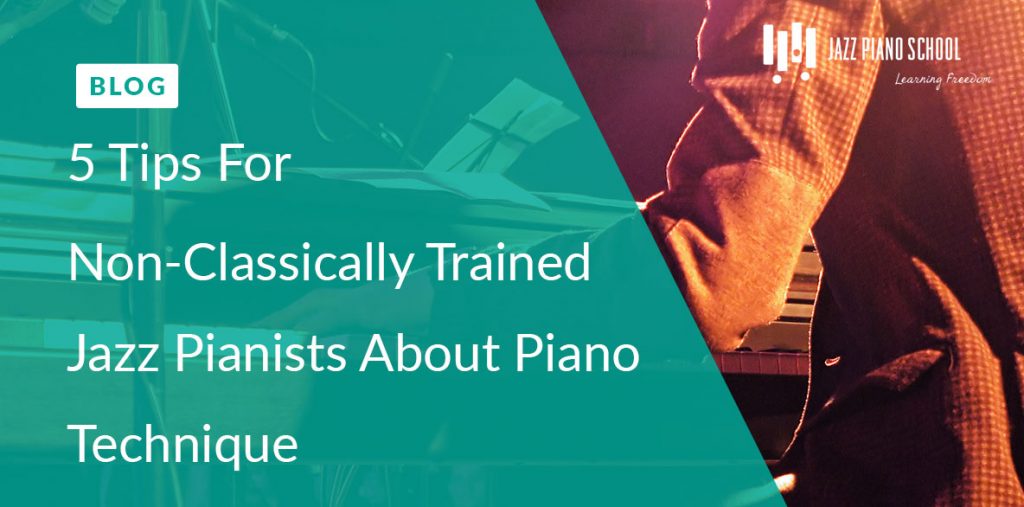

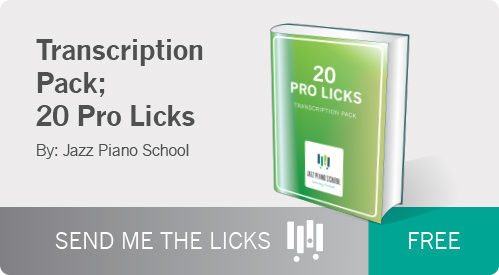
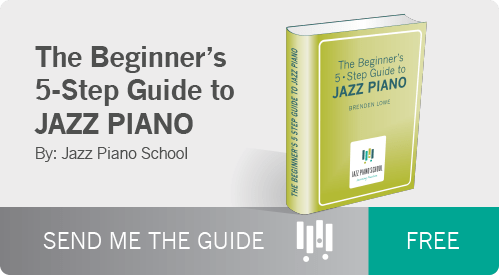
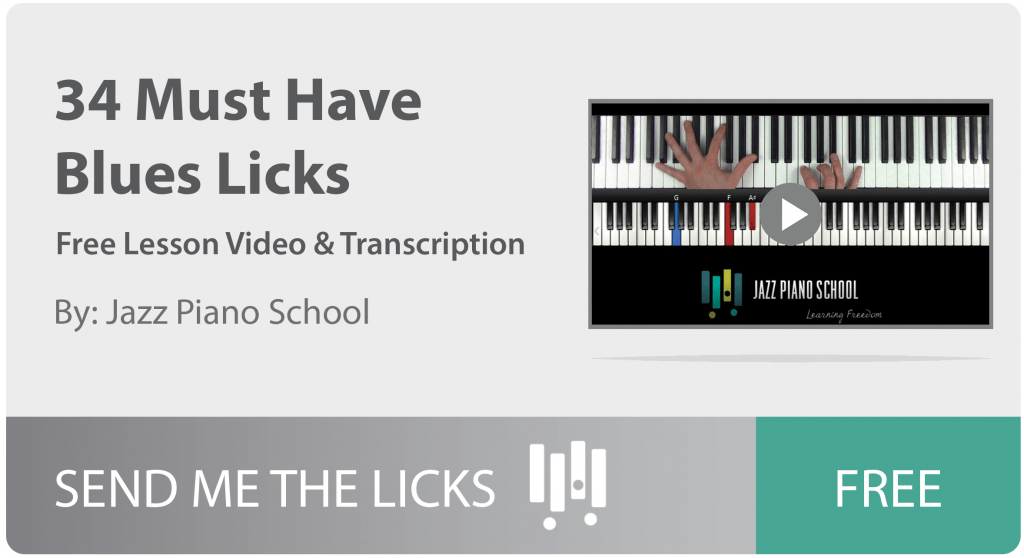
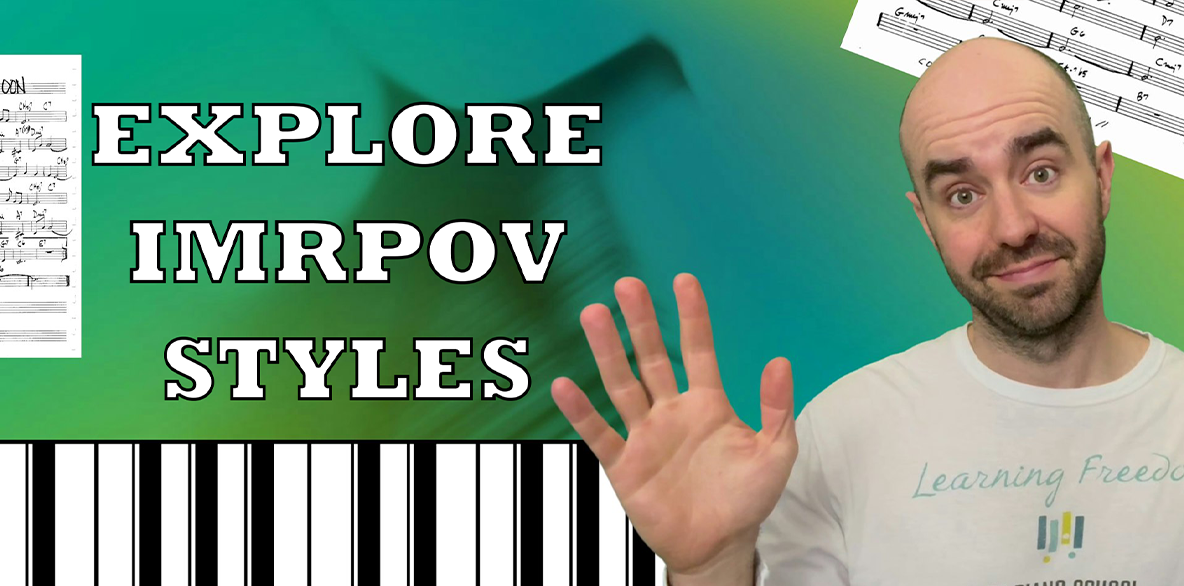

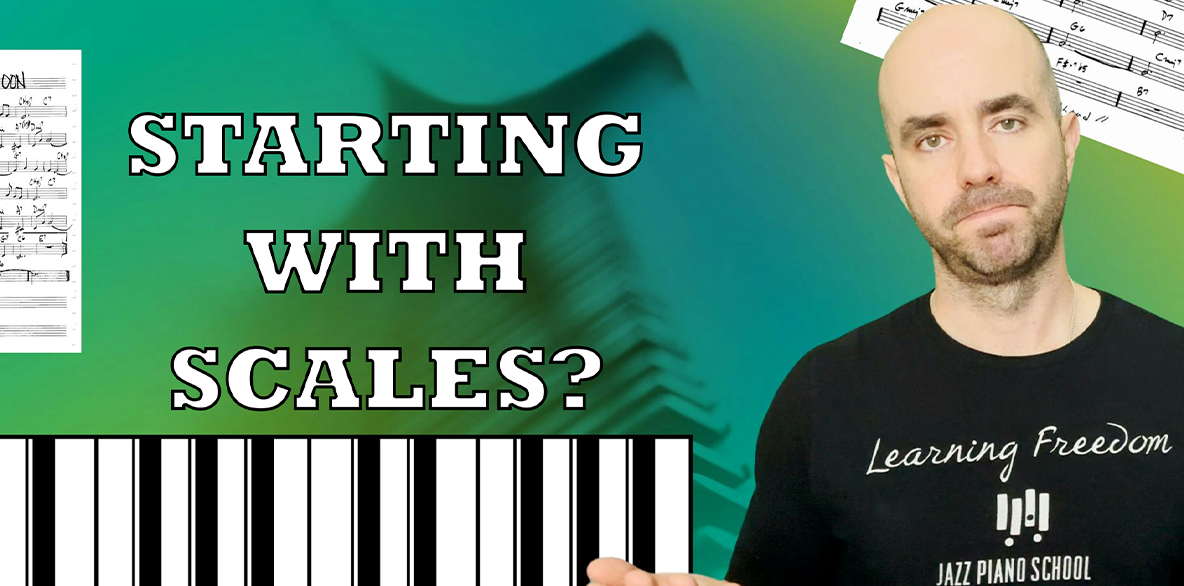
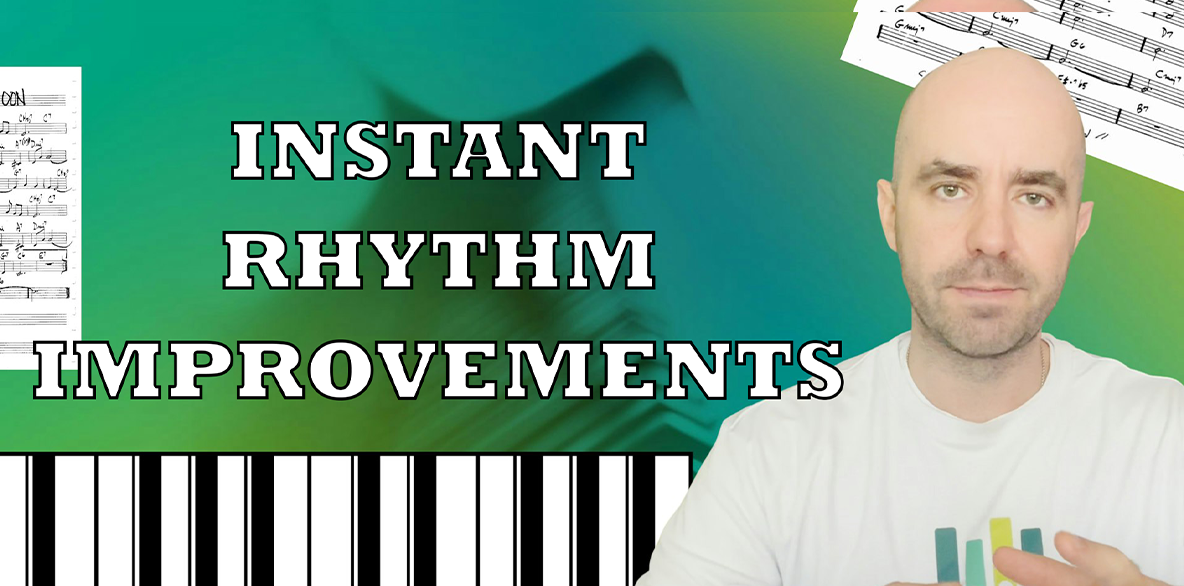
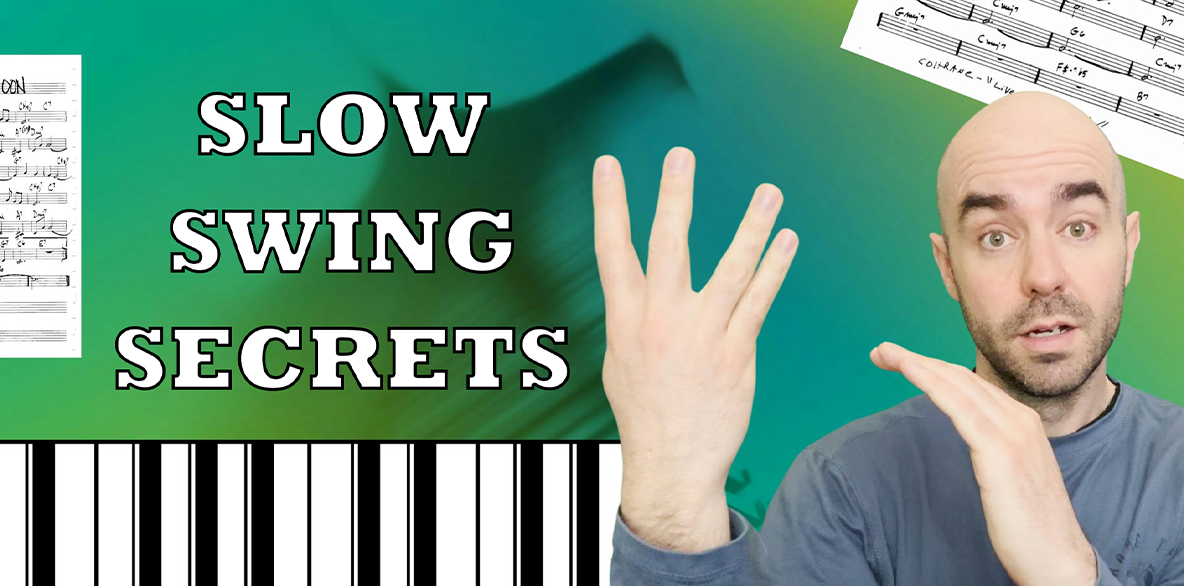

6 Responses
Hmmmm….,,interesting approach
Thank you for the wonderful tips!
I just returned from a concert by Gustavo Romero. He is a master of all the techniques described above. The first half of the program was Schumann and even before reading this article I was struck with Romero’s control over delineating the support notes that lead the ear through Schumann’s amazing modulations. The second half of the program consisted of four works by contemporary composers. Again, Romero’s control in the five covered areas gave meaning to someone like me who is unfamiliar with most piano music in this category.
Great tips thank you
I absolutely need work in the area of technique. Because of the lack of it I cannot always execute the Jazz lines I hear in my head. I have even injured my left wrist because of improper form. Reading these tips were helpful but to see it demonstrated on video would be even better! Thank you so much for good information on this important subject.
Excellent message!!! Enjoy and will began shedding !!!